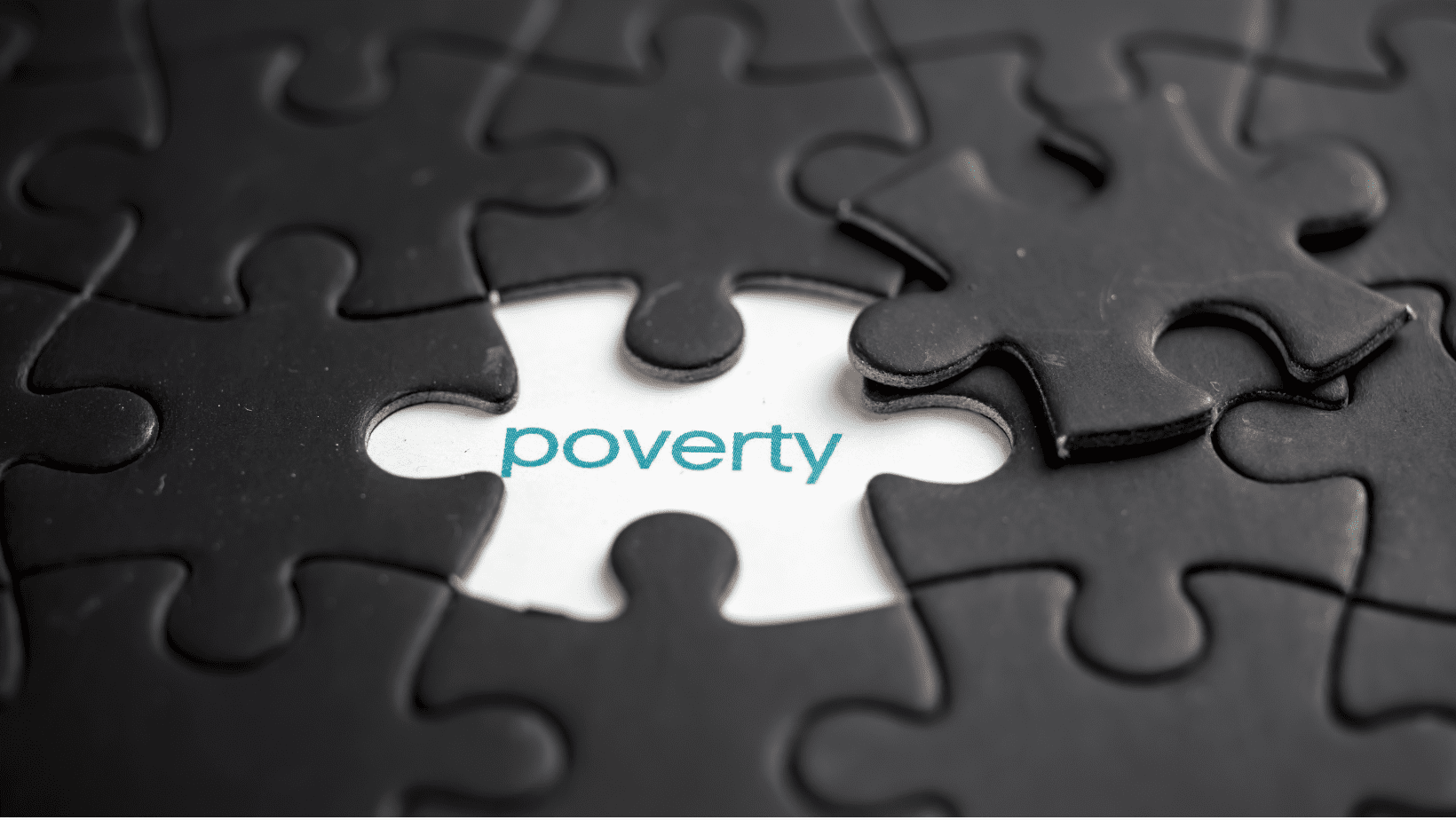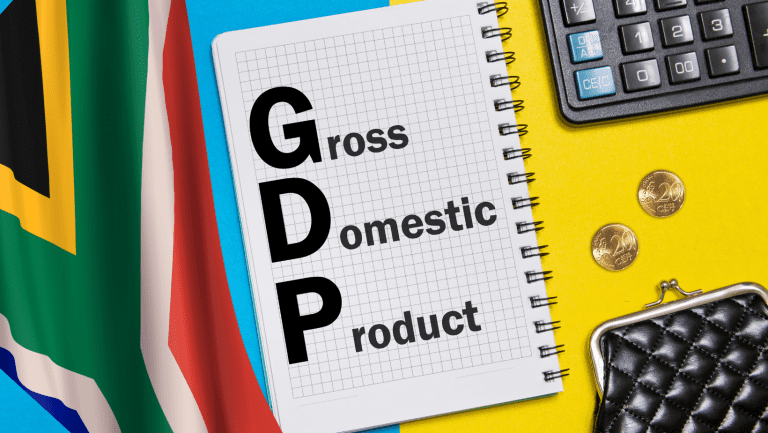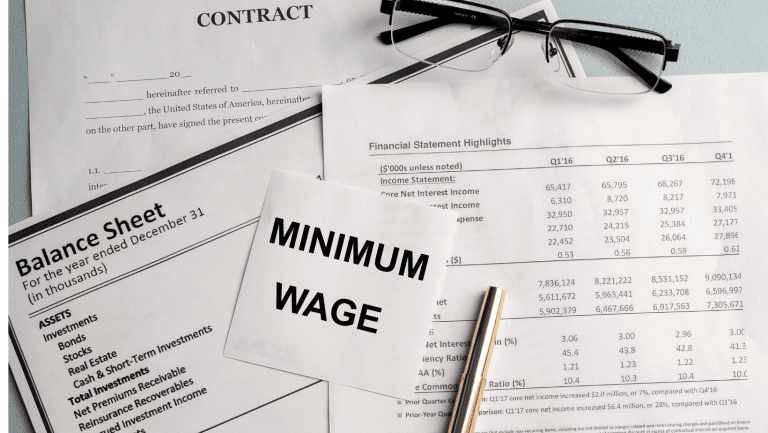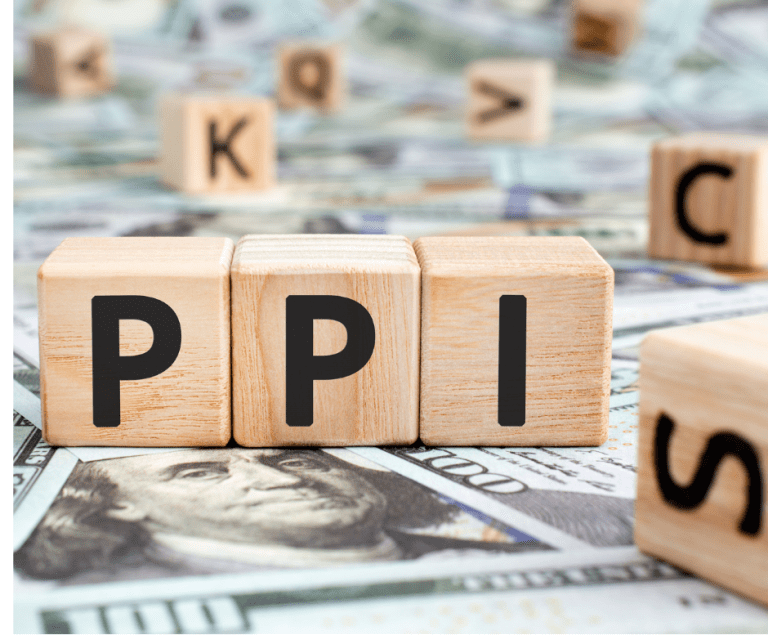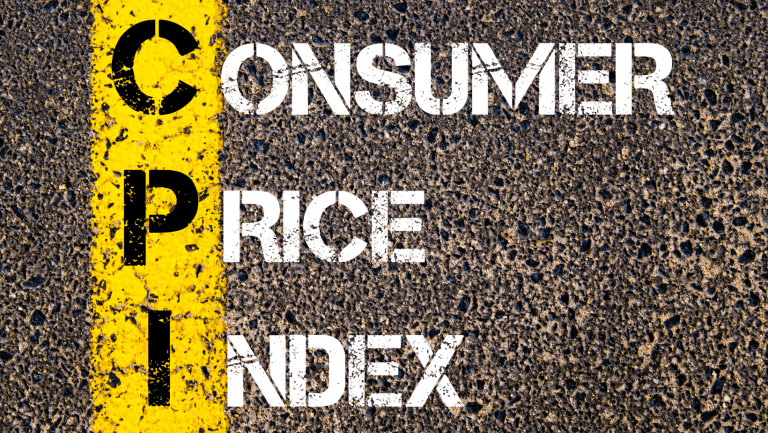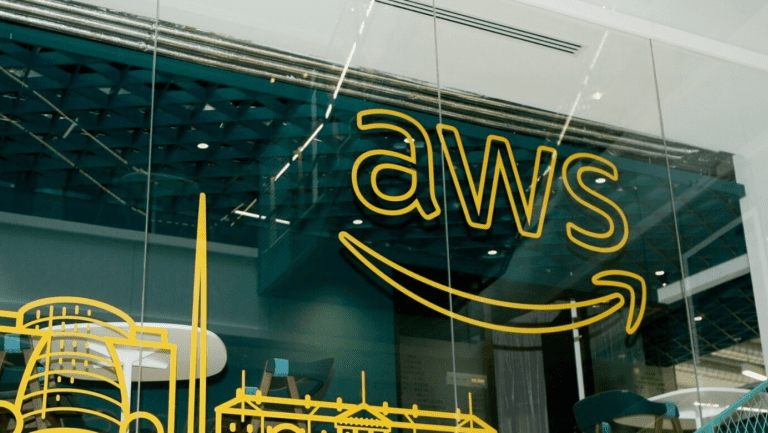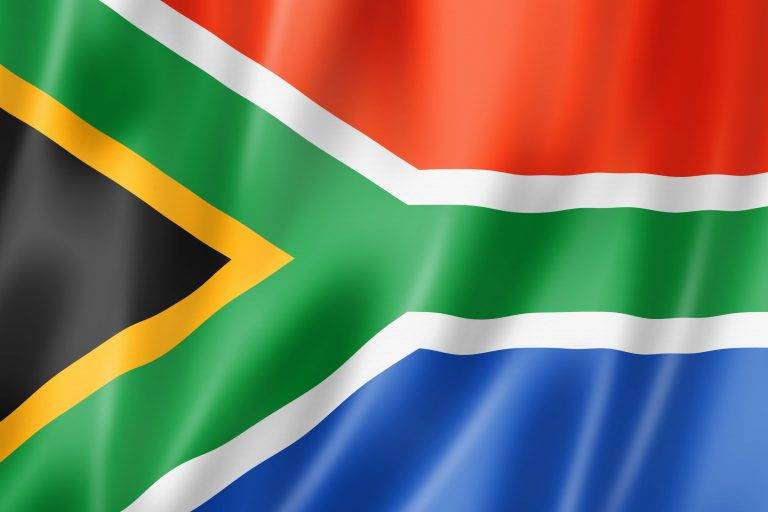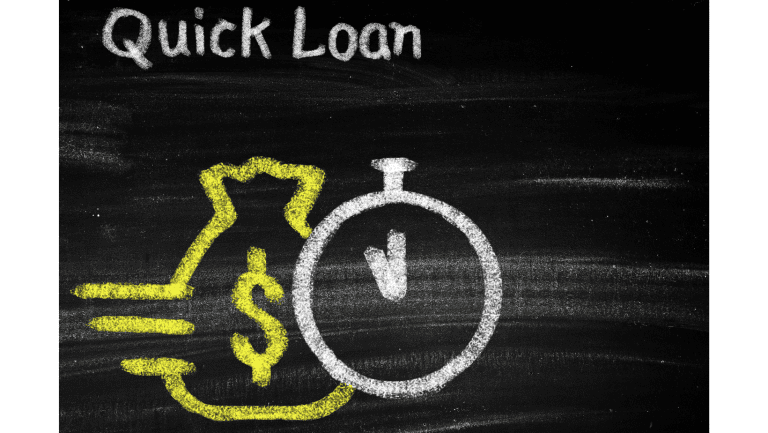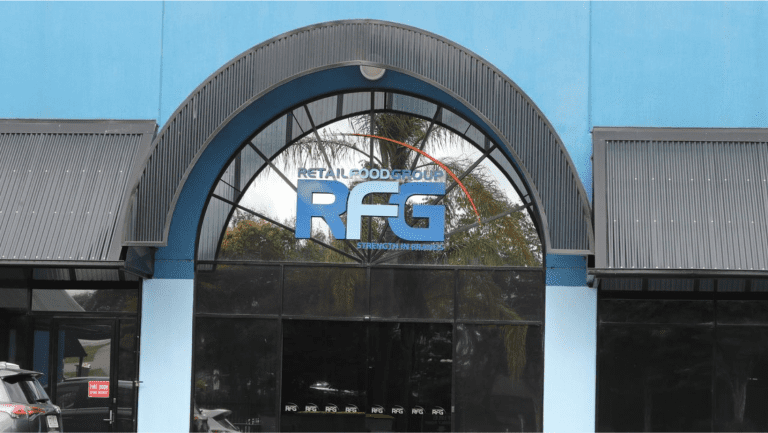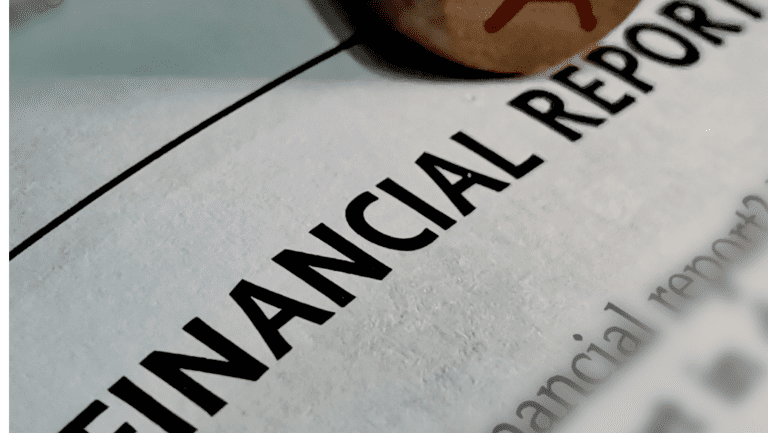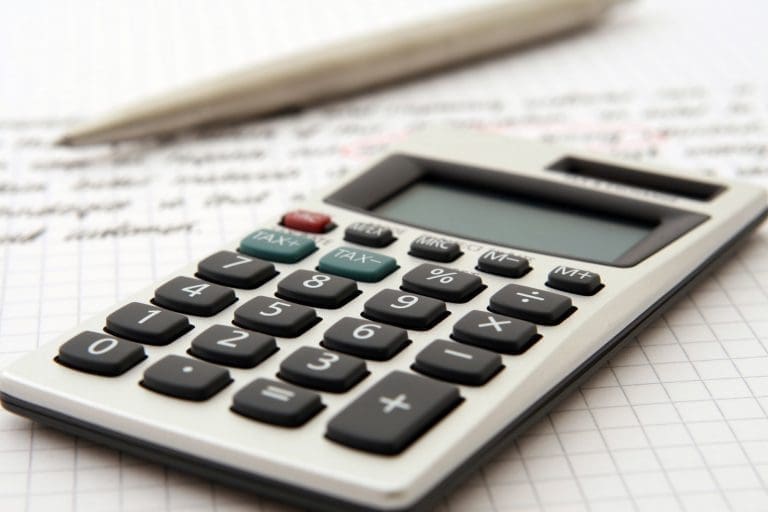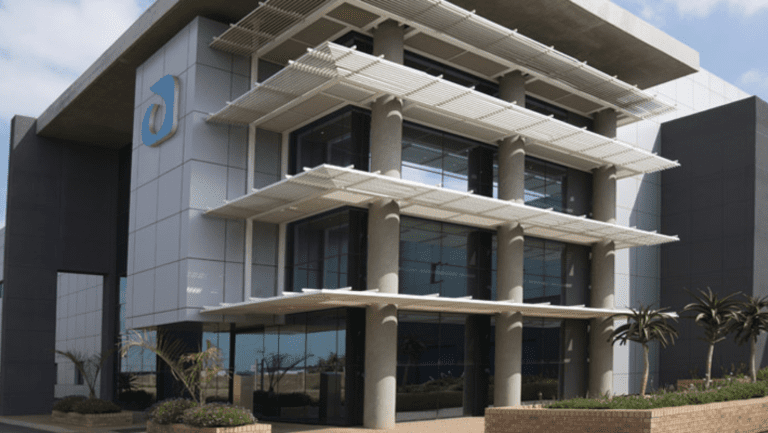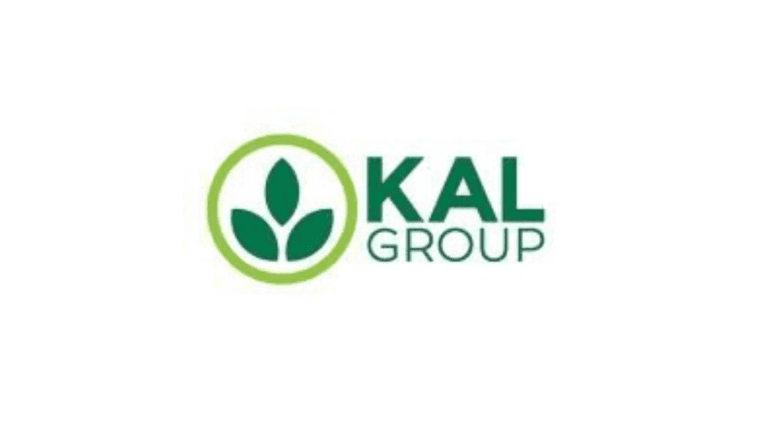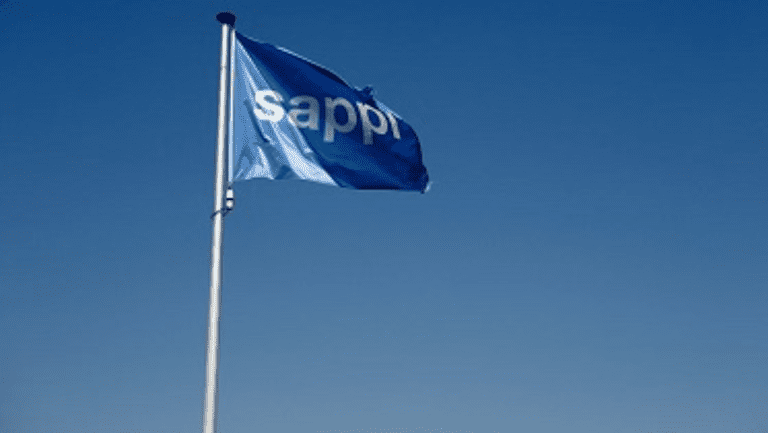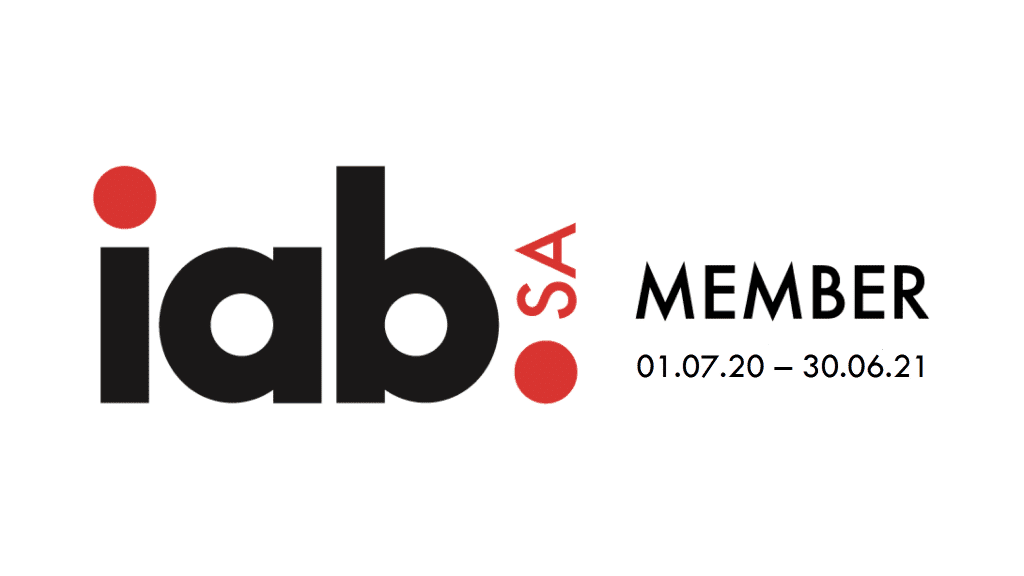In a pivotal announcement yesterday, Statistics South Africa (Stats SA) unveiled the latest National Poverty Lines (NPLs) for the year 2023. These poverty lines serve as a vital tool for assessing poverty levels, formulating policies, and evaluating poverty reduction programs within the nation. The announcement sheds light on the intricate adjustments made to these lines to ensure their relevance and accuracy in reflecting the changing cost of living and consumption patterns of South African households.
Key Findings: Reflecting Changing Times
The heart of the announcement centers around the crucial changes in the cost of living, exemplified by shifts in the prices of goods and services. To keep the National Poverty Lines robust and meaningful, regular adjustments are imperative. One of the most common methods employed is the annual adjustment of NPLs using the Consumer Price Index (CPI) series, capturing the fluctuation in prices over time. As such, the 2023 poverty line values have been unveiled, offering insights into the three different levels of poverty lines, each linked to the prices of May 2023.
| Poverty Line | 2023 Line Value (per person per month in rands) |
|---|---|
| Food Poverty Line | 760 |
| Lower-bound Line | 1,058 |
| Upper-bound Line | 1,558 |
These values offer a snapshot of the financial thresholds below which individuals or households are considered living in poverty. The Food Poverty Line (FPL) of R760 represents the minimum amount required to afford the essential daily energy intake, often referred to as the “extreme” poverty line. The Lower-bound Poverty Line (LBPL) of R1,058 includes both food and non-food components, offering a broader perspective on the financial needs of households. Meanwhile, the Upper-bound Poverty Line (UBPL) of R1,558 sets a higher benchmark for understanding the threshold of poverty.
Construction of Poverty Lines: The Cost-of-Basic-Needs Approach
The construction of these poverty lines follows the cost-of-basic-needs approach, which intricately ties welfare to the consumption of goods and services. These lines are based on the consumption patterns of households, accounting for both food and non-food expenses. The lines are not merely numbers; they encapsulate the essential requirements for sustenance and participation in society.
At the core of the construction lies the reference food basket, a collection of food items that reflect the typical consumption patterns of South African households. This basket is a representative selection of items, considering factors such as expenditure-shares and the number of households reporting expenditure on each item. The reference food basket is a cornerstone in establishing the food component of the poverty lines.
Inflation-Adjusted Poverty Line Series: A Historical Perspective
The historical evolution of poverty lines in South Africa is a testament to the dynamic nature of economic conditions and living standards. A table showcasing the inflation-adjusted poverty line series from 2006 to 2023 reflects this evolution, highlighting the changes in poverty thresholds over the years:
| Year | Food Poverty Line (FPL) | Lower-bound Poverty Line (LBPL) | Upper-bound Poverty Line (UBPL) |
|---|---|---|---|
| 2006 | 219 | 370 | 575 |
| 2007 | 237 | 396 | 613 |
| … | … | … | … |
| 2023 | 760 | 1,058 | 1,558 |
Purpose and Impact of National Poverty Lines
The primary purpose of the National Poverty Lines goes beyond being mere statistics. These lines provide a consistent benchmark against which progress in reducing poverty can be measured. Moreover, they empower policymakers to target initiatives effectively by understanding the poverty profile of different groups and regions. While the NPLs are not designed for specific determinations like equitable sharing among provinces or setting the national minimum wage, they contribute valuable insights to these processes.
Continued Progress: Looking Ahead
As the years unfold, Stats SA remains committed to refining and updating the National Poverty Lines to align with the ever-changing economic landscape. The rebasing of the NPLs is planned for the 2026/27 financial year, informed by new household expenditure data from the IES 2022/2023. This ongoing dedication to accuracy ensures that the poverty lines remain an invaluable tool in understanding and addressing poverty within South Africa.
The unveiling of the National Poverty Lines for 2023 is a pivotal moment for South Africa. These lines serve as more than numerical indicators; they encapsulate the essence of well-being, providing a means to gauge progress, guide policies, and work towards a brighter, more equitable future for all South Africans.


